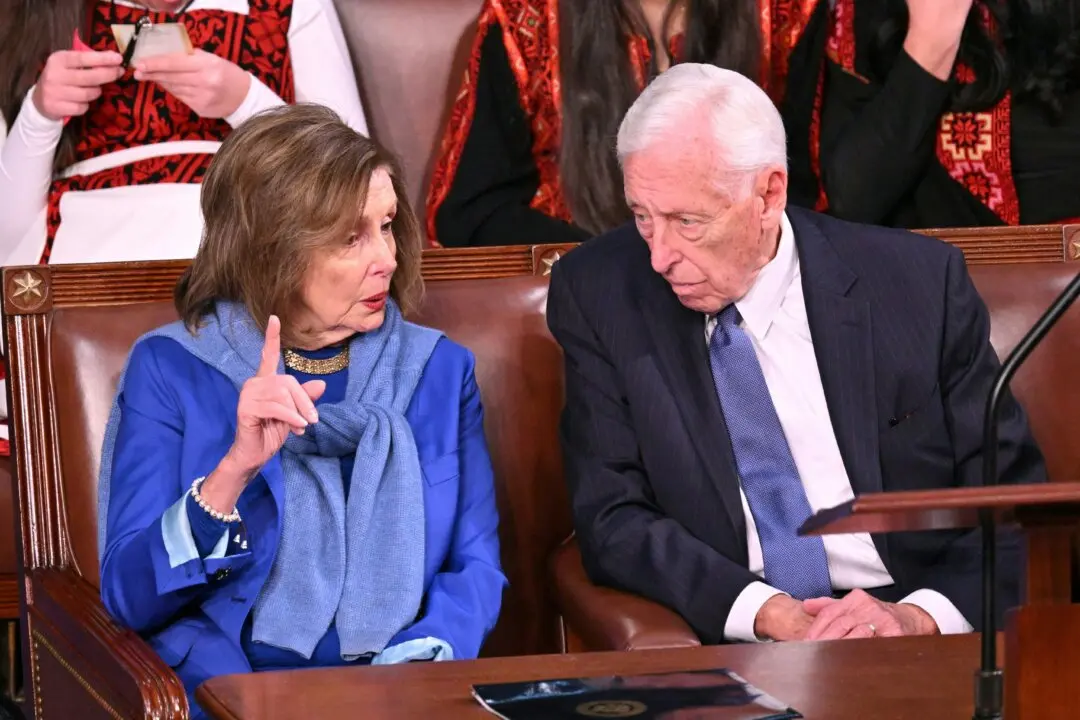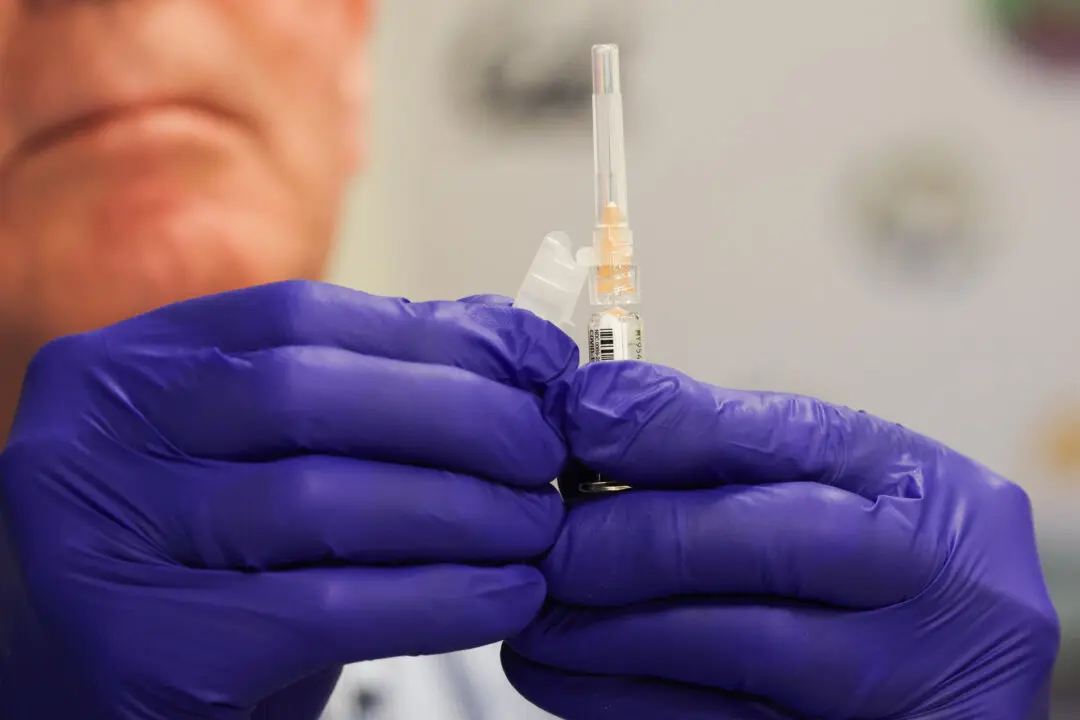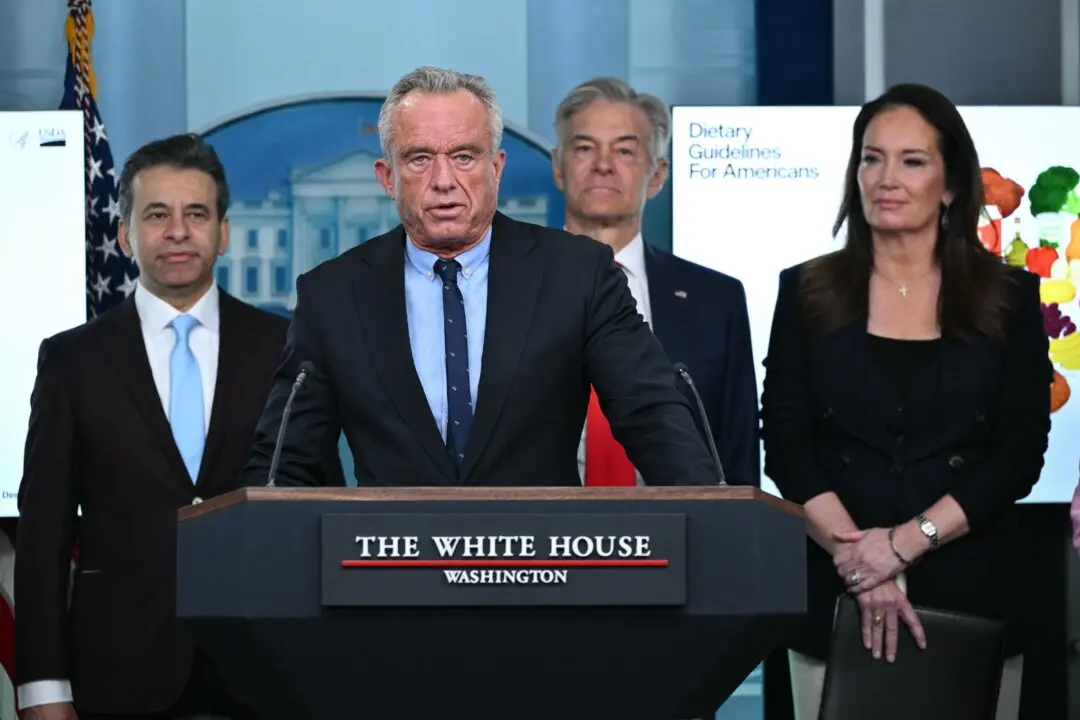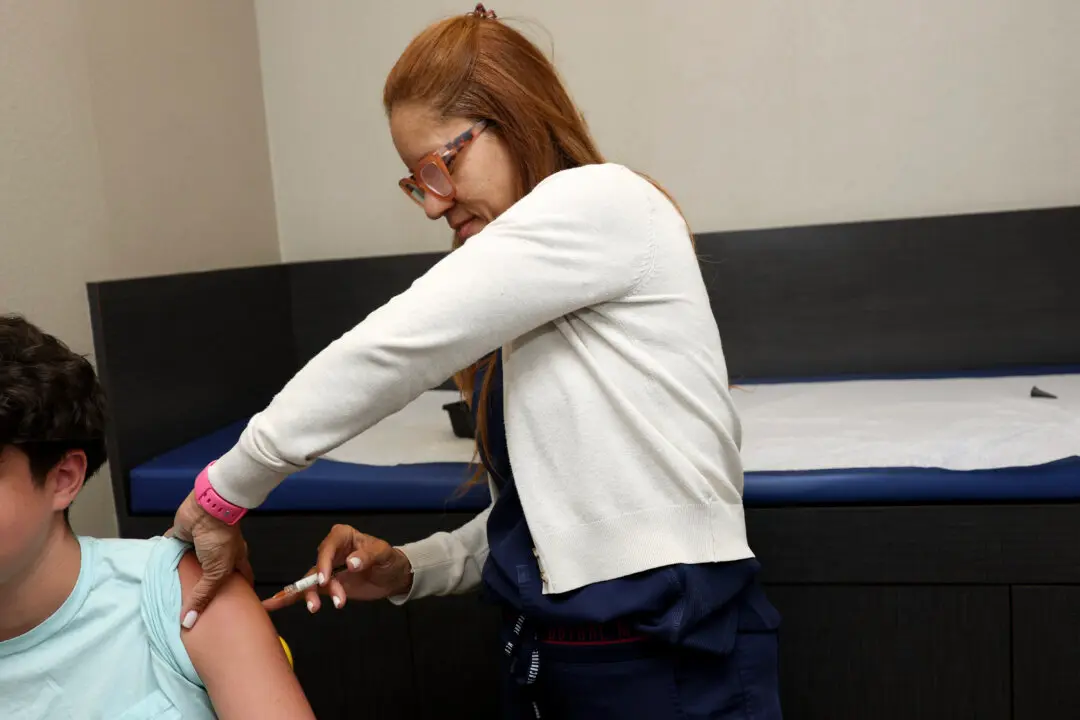Dozens of countries in Africa and the Americas will be ready by the end of the week to test locally for the new coronavirus, according to the World Health Organization (WHO).
There is only one confirmed case in Africa and none in the Americas, but test results have been delayed because countries are sending samples to other countries for testing, WHO director-general Dr. Tedros Adhanom Ghebreyesus said at a press briefing in Geneva on Feb. 18. “Now they can do it themselves, within 24 to 48 hours,” he said.





